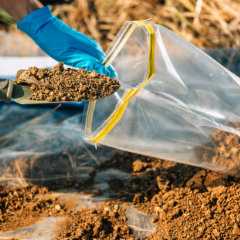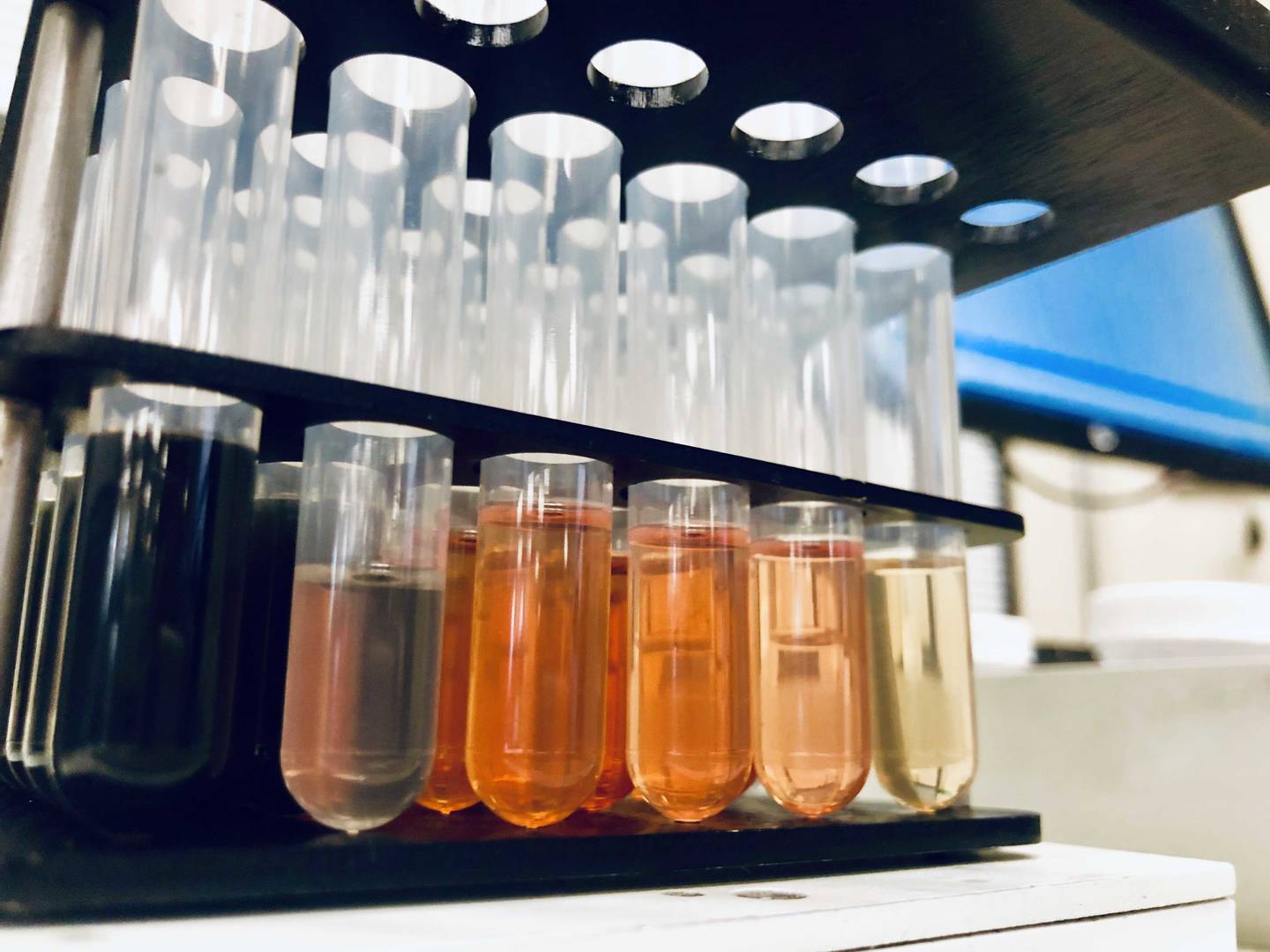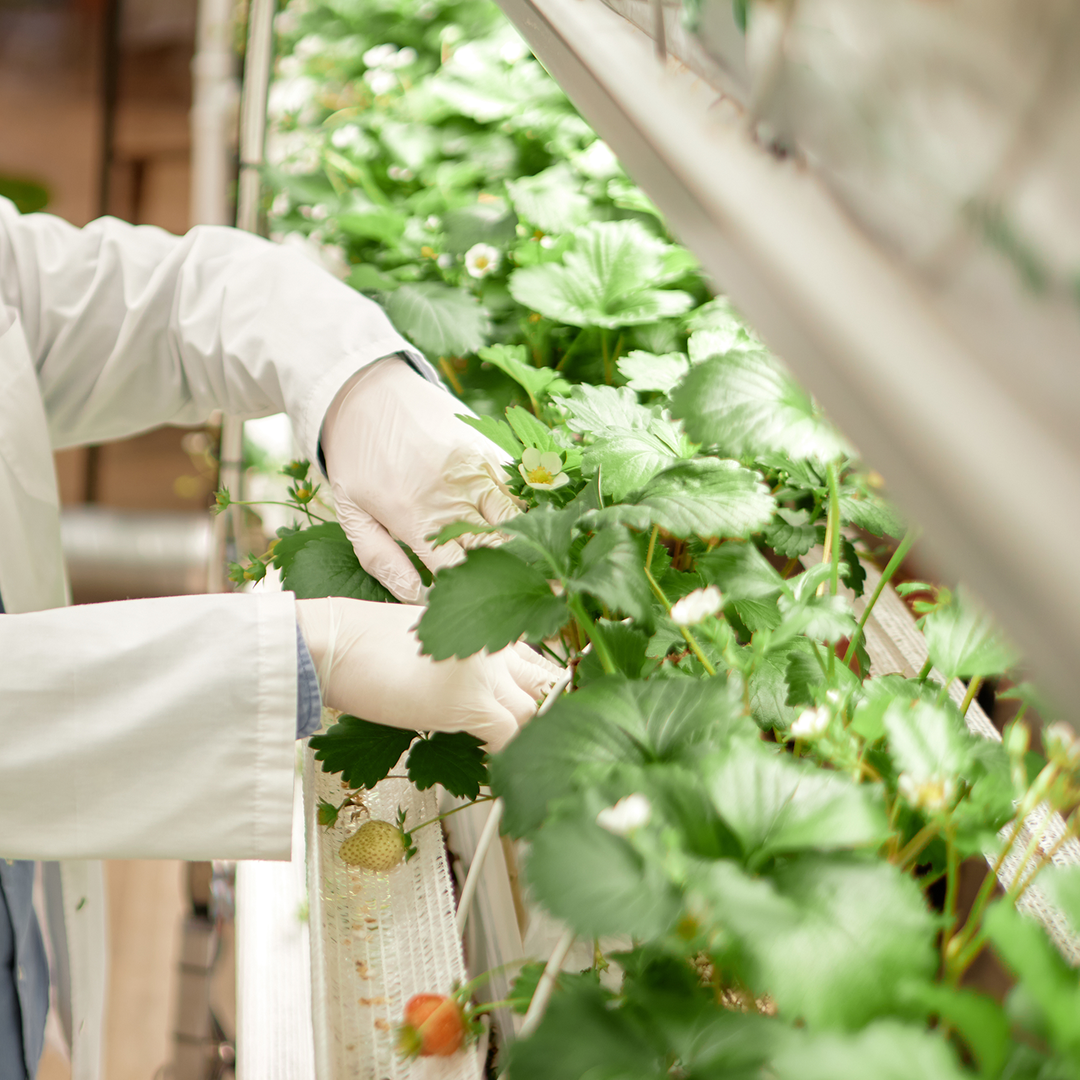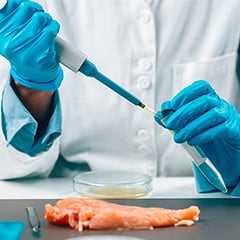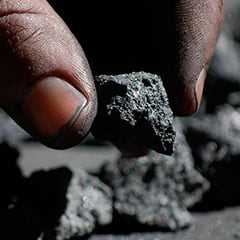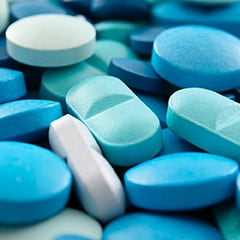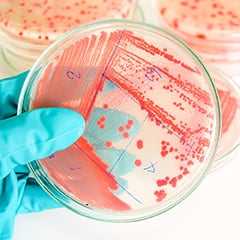Food safety: the importance of analysis and testing

Can anyone say that food is not important to our lives? Moreover, first of all, they are our fuel. Therefore, in all certainty, they are primarily essential to our existence.
So, food being what makes us function, in such a way that it makes us exist, it must have quality. The food that enters your house must have the best condition, do you agree?
Just as a car needs quality fuel so it doesn't spoil, so it does with us.
Thus, food safety and quality tests are not only necessary, but also essential in order to provide the best consumption.
The Importance of Food Analysis
Food safety is primarily important. Not only for those who manufacture, but also for those who consume. Once the exact composition of the food is obtained, it becomes possible to warn about precautions, as well as other precautions.
In short, as you can learn more in this article, this process is routine quality control. While evaluating food components, so also determine the state of raw materials. That is, it is the characteristics that control the processing of a food.
In other words, the analysis, with regard to food safety, is important not only for quality, but also for care and inspection.
What is analyzed?
Food safety, through food analysis, identifies various aspects of food. But this ranges from its chemical composition, its interaction with the human body and even its packaging.
Below, you can see what is analyzed:
- Chemical composition;
- Action in the organism;
- Food and caloric value;
- Physical properties;
- Chemical properties;
- Physiological properties;
- Possible adulterants and contaminants.
Types of food analysis
Not only is food safety necessary, but it also exists in various types, with the most varied functions. After all, food is rich in possibilities, and thus presents numerous paths of analysis, as explained in this article.
Below are some of them:
Microscopic Analysis
In short, its goal is to find in food foreign materials to the product. That is, materials that are not natural to it, and that are not visible to the naked eye - as well as stones, plastics and the like.
Histological analyses are then made (search for residues of other food and organic products), as well as analyses of dirt (other foreign materials in general or undesirable objects).
Microbiological Analysis
Equally effective for food safety, this analysis looks for microorganisms that can therefore cause harm to those who eat them. In other words, elements that are harmful to human beings.
With this analysis, the company not only protects its public, but also its product. This way, it is verified more safety for the food to be commercialized in the market. Besides, it can be required by law, so it is only performed in accredited laboratories.
Sensory Analysis
As a result of organic analysis, this analysis comes with the purpose of investigating sensory aspects. In other words, it serves to evaluate: visual, smell, reactions to touch and taste, as well as the sounds it makes.
It is worth noting, therefore, that this analysis can be done not only with the final products, but also with their raw materials and intermediate stages of production.
Physical-chemical analysis in food
Do you know the nutritional table of a food? Then, much of that information is collected in the physical-chemical analysis.
According to the food safety guidelines, this analysis certainly also helps in the quality control, as well as in the elaboration of the label (weight, amount of water, validity, among other characteristics).
DNA test
How is it possible that the customer knows with all certainty that the food is really his nature. In other words, is beef, for example, really beef?
That's why there's DNA testing. It is carried out with the purpose of ensuring, primarily, that products of animal and vegetable origin are even of the species purchased. This is essential to food safety.
To find out more about other food safety tests and services provided by ALS, please visit our blog by clicking here.



